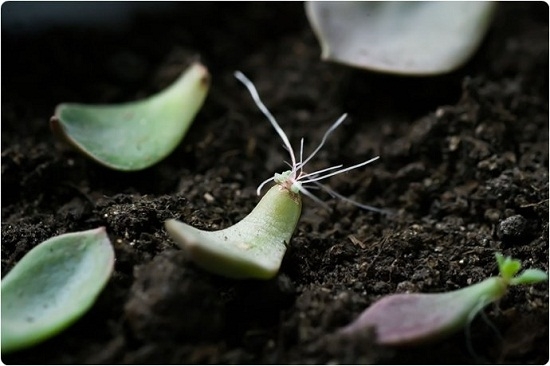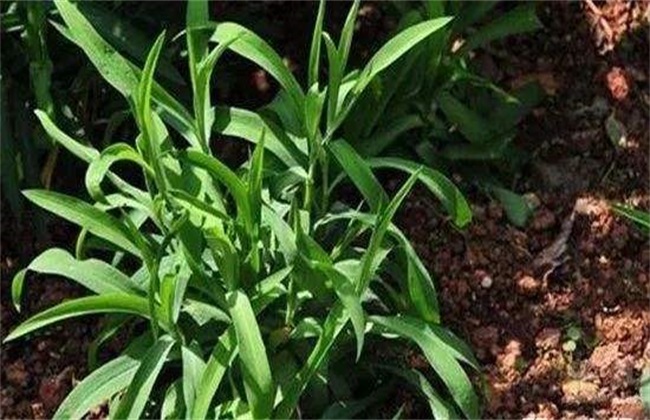Leaf insertion technique of succulent plants, leaf insertion is not so simple.
We all know that in fact, many succulent plants are propagated by leaf cuttings, and it is now more popular to share succulent leaves. We exchange succulent leaves with each other to breed succulent plants and share their breeding experiences. There are also many flower friends looking everywhere for cutting methods about succulent leaves. This article collates the experiences of flower friends who think they have many years of experience in succulent farming, and these experiences are worth learning and using for reference.

How to cut succulent leaves
Leaf insertion is a way of asexual reproduction of succulent plants. It is a magical process from leaves to growing into a single plant. After a year of greenhouse exploration and study, and after paying countless tuition fees (hanging a lot), the summary of leaf insertion is as follows:
If you want to insert leaves, you must first have healthy and full leaves. Note that yo is healthy and full. If the outermost layer is being consumed, the success rate of dried leaves is generally not too high. It is recommended not to try. Removing leaves from the plant is a meticulous work. It takes patience, but here is a small detail to tell you that the water should be cut off from the plant a week before you are sure to take the leaves. So that the water in the leaves is not too full, otherwise the leaves will be torn and broken.
The following pictures are the right way to open, forming a crescent shape, roots and new plants will grow new individuals from the middle of the crescent! We also call the middle of the crescent moon the growing point.
After the leaves are removed, they need to be dried to allow the wounds to heal quickly. Generally, the leaves can be inserted in the soil after three or four days.
About the way to insert leaves: there are various ways to insert leaves on the Internet, some are flat, some are buried in the soil, and some are even inserted backwards. We have also tried various methods. Finally, the more scientific method is to bury one side of the growing point in the soil in order to absorb water and nutrients immediately after the leaves grow new roots. At the same time, it also prevents the new roots from being directly exposed to the sun. Because the new roots are very weak, they may become dry and lose their vitality as soon as they are exposed to the big sun. The shallow is to avoid inserting too deeply into the formation of new individuals, reducing the situation of growing roots but not buds!
Related
- Fuxing push coffee new agricultural production and marketing class: lack of small-scale processing plants
- Jujube rice field leisure farm deep ploughing Yilan for five years to create a space for organic food and play
- Nongyu Farm-A trial of organic papaya for brave women with advanced technology
- Four points for attention in the prevention and control of diseases and insect pests of edible fungi
- How to add nutrient solution to Edible Fungi
- Is there any good way to control edible fungus mites?
- Open Inoculation Technology of Edible Fungi
- Is there any clever way to use fertilizer for edible fungus in winter?
- What agents are used to kill the pathogens of edible fungi in the mushroom shed?
- Rapid drying of Edible Fungi



